SE Summit Paris 2024
Location: Pullman Paris Tour Eiffel Hotel
Date: 4 March 2024
Location: Pullman Paris Tour Eiffel Hotel
Date: 4 March 2024
Monday 4 March 2024 – the day before the JEC World Paris opens its doors – SAMPE Europe will hold its Executive Summit. The location is the Pullman Paris Tour Eiffel Hotel, just aside the Eiffel Tower.
Theme
The Program of this Summit consists of a range of 12 high-level lectures by 14 invited speakers only. Topics are composite related innovations in Automotive & Transport, Space & Aerospace, Advanced Materials, and Process Engineering, as well as Challenging Applications in other markets like Architecture, Construction, Sports, Energy, Marine & more.
High-ranked speakers are from China, Japan, USA, and Europe. Attendees are managers of CEO and CTO level in leading companies, engineers, scientists, and professionals from throughout the advanced materials and processes industry and universities.
The conference day starts at 9 AM and ends with a networking dinner in the Pullman with outside a magnificent view on the Eiffel Tower. It is an outstanding occasion for networking with interesting colleagues and meeting new contacts.
A long-term partnership between SAMPE Europe and JEC Group has been established in order to bring the highest benefit of composite materials to our members.
As part of this, JEC Group offers all Summit delegates free admission to JEC World 2024 Paris.
For registration, latest news, and the updated program please visit the website of SAMPE Europe.
SAMPE Europe Summit Paris 2024 in the Pullman Tour Eiffel Hotel: A must for everyone visiting the JEC World 2024!
Options marked with ‘FREE Trial Membership’ include one year free SAMPE Membership.
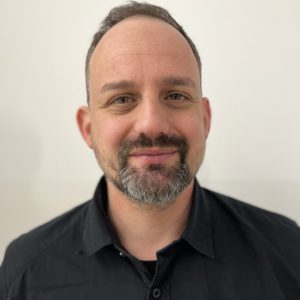
Head of Composites, Chemnitz University of Technology / Founder and Managing Director Silbaerg, Germany
Competitive sport always requires high-quality sports equipment, which is why the composite industry and the Olympics are very closely linked. A lot of composite sports equipment is used in both summer and winter sports. Examples of this range from racing bikes and mountain bikes to boats, bows and shoe soles through to the new discipline of kitesurfing. Selected examples are used to illustrate current development trends and approaches to the sustainable design of high-performance sports equipment, which must not have any performance disadvantages compared to conventional products.
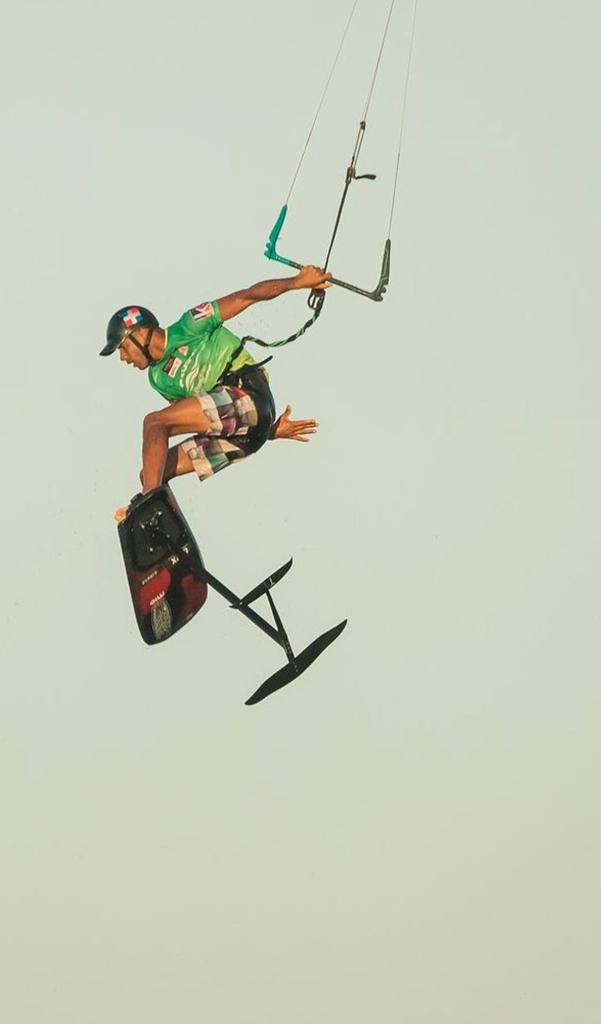
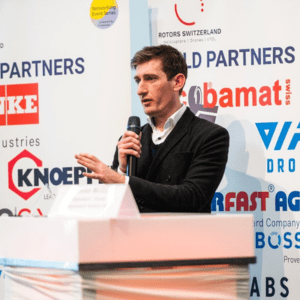
9T Labs, Switzerland
Thermoset composites currently dominate the landscape of high-performance bicycle components. This is particularly evident in larger parts such as frames, wheels, and handlebars. However, smaller and more intricate structural elements, including saddles, suspension links, and crank arms, continue to be predominantly composed of metals.
Recent technological breakthroughs have ushered in a convergence of innovations in design software, thermoplastic composite materials, high-precision deposition machinery, and sophisticated consolidation systems. This abstract explores the transformative potential of these advancements through the lens of a specific application, such as a bicycle saddle or suspension link. The focus is on elucidating how one advanced processing solutions can enable thermoplastic composite parts to outperform their incumbent metal counterparts in structural applications. These thermoplastic components are not only lighter, stronger, and cleaner but also maintain cost competitiveness, presenting a compelling case for their widespread adoption in the competitive realm of high-performance cycling and beyond.

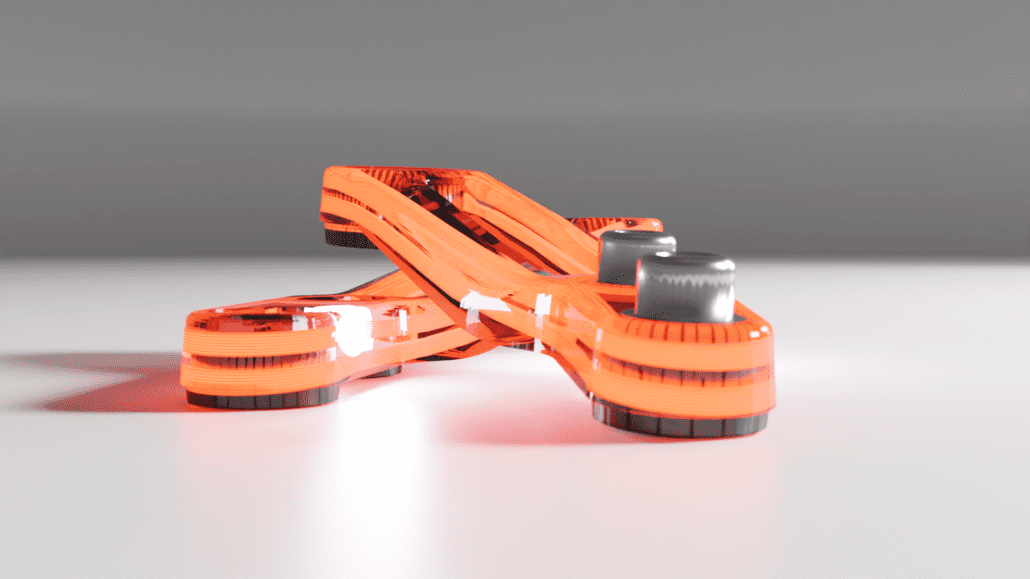
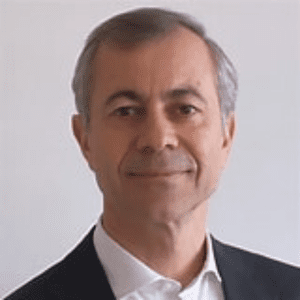
Systems Architect & Expert Composite Structures, Airbus Netherlands, The Netherlands
Today’s very competitive aerospace market drives companies to significantly shorten time to market and lower product development cost, without compromising quality. Computational Modelling and Simulation (M&S) can significantly contribute to reaching this goal. However, the credibility of M&S needs to be ensured if they are used for risk-informed decision making and qualification or certification of aerospace structures. A framework for building credible M&S of composite structures for the development and certification of composite aerospace structures is presented.
The approach is based on the simulation Verification and Validation, and Uncertainty Quantification (VVUQ) process. For the structure of interest (primary launcher structure), a validation hierarchy, where the structure is decomposed into sub-assemblies, parts and coupons is defined. Each of the structural elements of all levels of the hierarchy are considered a validation case that could be subjected to validation process to increase the credibility of simulation when moving up in the pyramid towards the simulation of the full-scale structure.
The ultimate goal is to achieve such credibility of the simulation that expensive full-scale qualification or certification testing can be replaced by simulation.
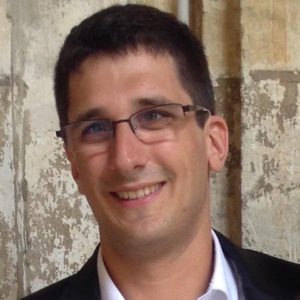
R&D Engineer, Ariane Group, France
ArianeGroup current mechanical justification approaches for composite structures requires significant experimental validation, at the various level of the Test Pyramid (experimental part particularly important for damage tolerance aspects). Moreover, theoretical mechanical analysis is performed with the use of classical elastic approaches, combined with standard or in-house failure criteria which can be determined either with the use of elementary tests, or empirically on the basis of technological samples or industrial tests.
As soon as one ply reaches the failure criterion, the whole structure is considered as failed, which can be very conservative in some cases.I n parallel, the experimental contribution to mechanical justification has not evolved for years. Even if new techniques as digital image correlation or optical fiber appear, the process is too manual, too long and not efficient to allow a fast model validation or to catch complex behavior during damage process for instance.
The current capabilities are not adapted to the new expectations. ArianeGroup is currently working on new justification methods: integrating uncertainty propagations to reduce sizing factors and develop advanced simulation. This last topic is addressed through development of deepened dialog between experiments and simulation. This presentation proposes an overview of the methodologies applied in the company.
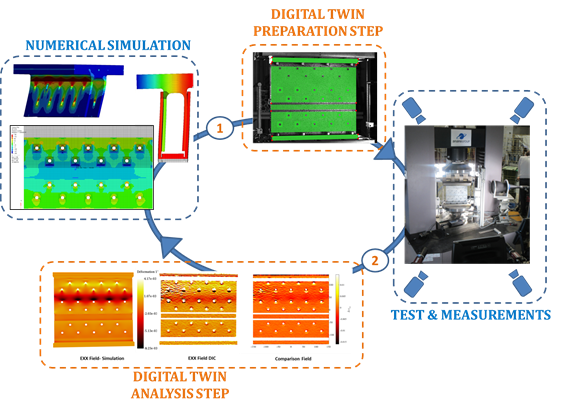
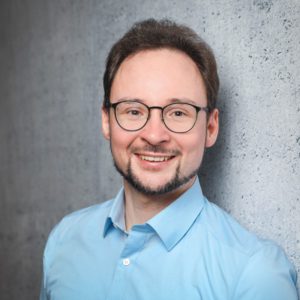
Coordinator/Researcher AI-assisted Composite Engineering, Karlsruhe Institute of Technology (KIT), Germany
Modern production systems require a careful optimisation of the involved manufacturing processes – an expensive task in practice. Physics-based process simulations can effectively support process design, especially at early development stages. However, their considerable computation times are often a significant barrier. This presentation discusses how recent advances in Machine Learning (ML) can enhance simulation approaches to optimize composite processes more efficiently. An application example from textile preforming demonstrates the methods along with experimental trials.
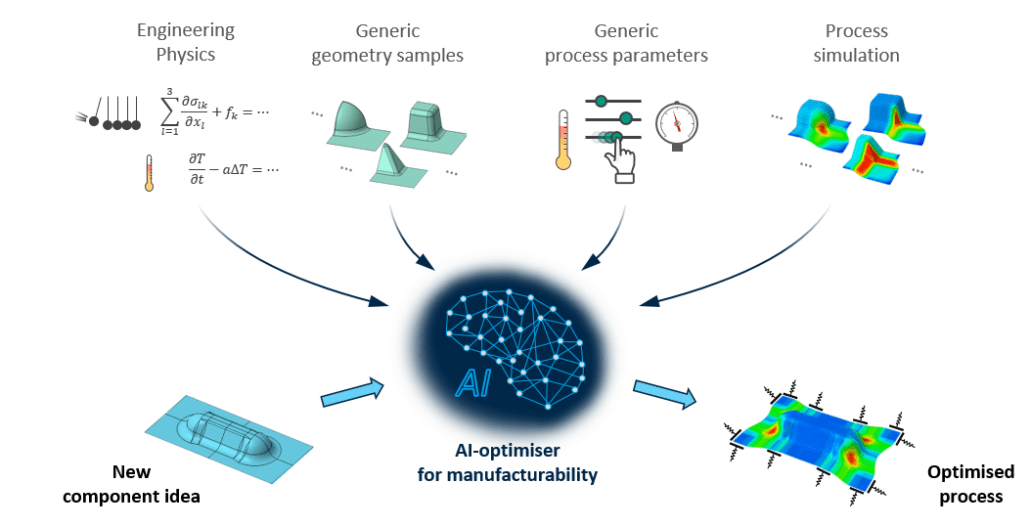
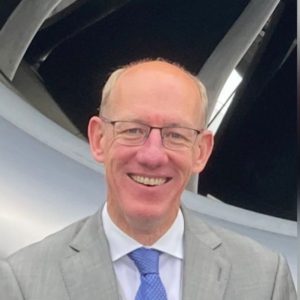
Boom Supersonic, USA
Thousands of people are crossing our oceans every day, but still at the same speed as the 707 offered 65 years ago. Decades later, and apart from Concorde, we have not been able to offer more speed and we are still enduring long travel experiences. The technology, market, and demand for supersonic all exist and today, this can be done in an environmentally and economically sustainable way.
Boom Supersonic is leading a global collaboration that involves the world’s leading airlines, suppliers, and partners to bring supersonic flight to millions of passengers worldwide. The presentation will briefly review earlier projects and demonstrate why the Mach 1.7, 64-80 passenger Overture aircraft will transform how we travel. Overture will meet today’s subsonic noise levels in accordance with ICAO Chapter 14 landing and takeoff noise standards.
Overture’s aerodynamically shaped composite structure components ensure optimal performance and efficiency at supersonic speeds. European structures suppliers Leonardo, Aernnova, and Aciturri are contributing their expertise to the program, playing an important role in Overture’s development. Beyond this, Overture is designed to fly on up to 100% sustainable aviation fuel (SAF), which Boom believes is the right way forward for this market segment for the foreseeable future.
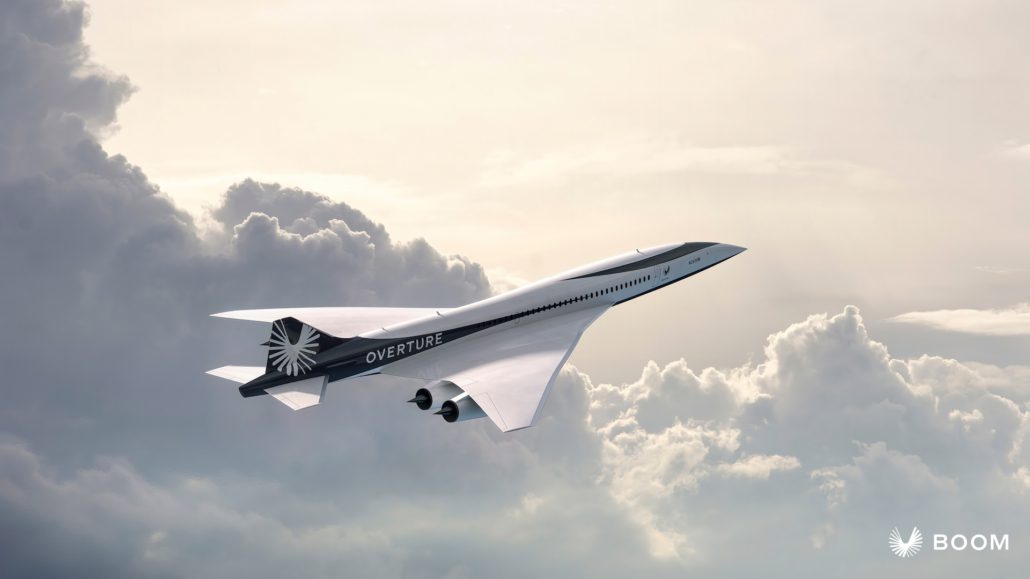
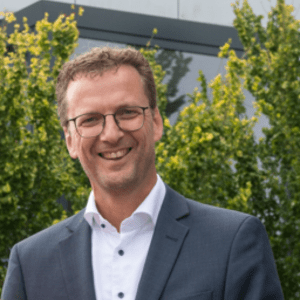
Nedcam, The Netherlands
By using 3D (XXL) printing technology, there are great opportunities to make process more sustainable. Here, Nedcam sees a transition from thermosets to (fibre-reinforced) thermoplastics.
The first step is to produce plugs and moulds for the composite process in a completely new, large- scale manner. Thereby new challenges, but also new opportunities, lie ahead.
Recycling is not just a goal; in the long run it will also offer us economic advantages. The combination of large-format additive manufacturing and CNC milling opens up many possibilities and lays the foundation for working towards a circular economy, also for other industrial applications.
Discover the trends, the challenges and the opportunities!
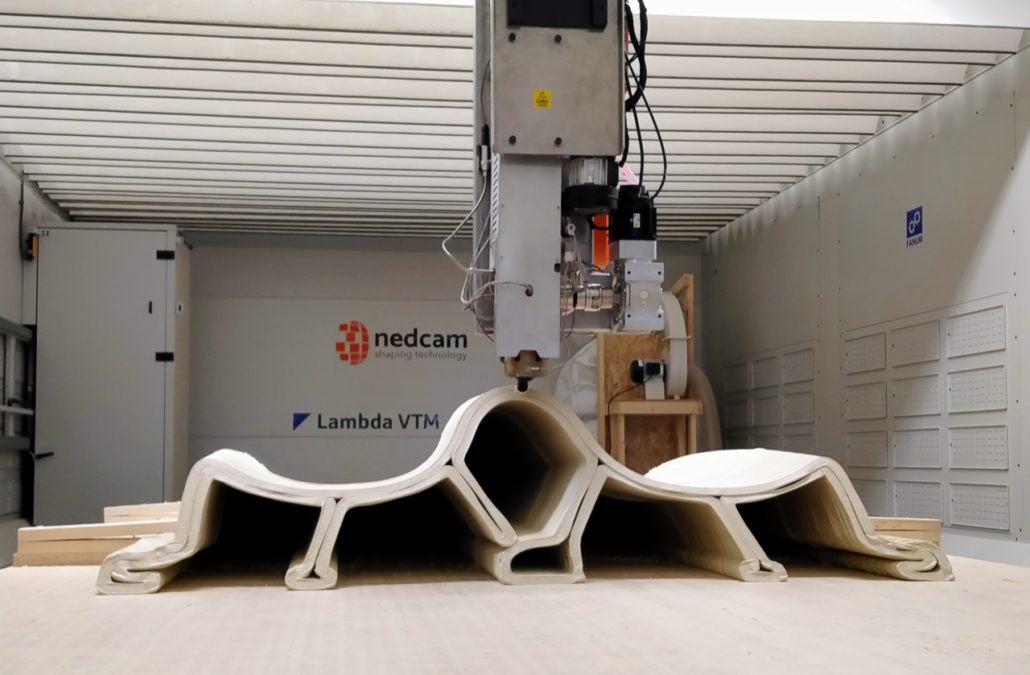
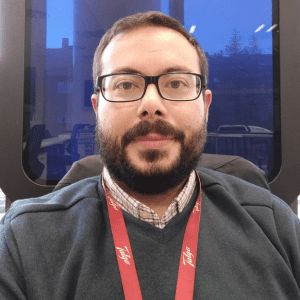
Product manager Innovation, Talgo, Spain
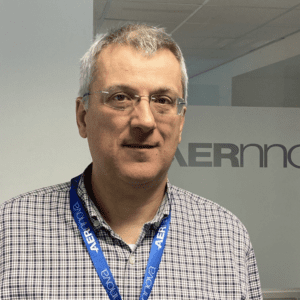
Senior Design Engineer, Aernnova, Spain
The High-Speed demonstrator is a whole carbody of an intermediate coach of Talgo 350 up to TRL 6 1:1 scale with 13 metre-long. The carbody is divided into two major parts:
The carbody has been tested on the basis of typical homologation procedure of EN 12663-1 and it has shown that the use of the carbon fibre composites (CFRP) is feasible to use in primary structure of railway components with significant weight reduction (around 20%) maintain the strength and stiffness required, fulfilling the Fire-Smoke-Toxicity requirements of the EN 45545-2 and other railway requirements.
The project has been made in collaboration of aeronautic industry (Aernnova), research centres (Tecnalia and FIDAMC) and railway industry (Talgo) inside the Shift2Rail initiative (now Europe’s Rail).
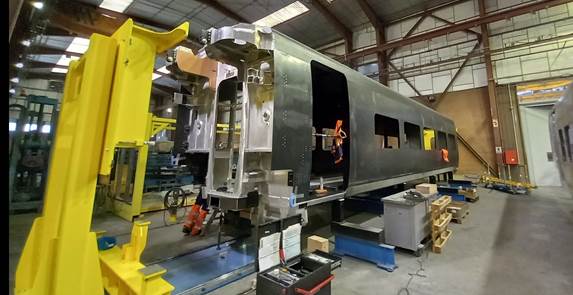
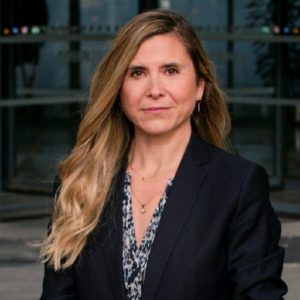
Director of Aerostructures, Airbus Operations, Spain
Susana Carballo is an Aeronautical Engineer. She is Director of Aerostructures in Airbus S.L., since February 2020, leading a transnational organization with teams in Germany and Spain. She is responsible for the deliveries of the Design Office for all Airbus programs and for providing Engineering support to the different Airbus Production Plants in Getafe, Illescas and Puerto Real; as well as support to the Final Assembly Lines in Toulouse, Hamburg, Tianjin and Mobile. She is also a Sponsor and member of the Board of Director for the Airbus Beijing Engineering Center, located in China. She makes these tasks compatible with the Vice Presidency of the Airbus Women Network, and she is also an Ambassador of the “Balance for Business” in Airbus.
Susana will present Airbus’s vision and ambition to lead the decarbonization of the aeronautical industry to reach Net Zero CO2 Emissions by 2050. As part of the vision, she will focus on the key pillars to reach the target: the aircraft fleet renewal, the Sustainable Aviation Fuel (SAF) and the Airbus ZEROe Aircraft project based on liquid hydrogen propulsion. As part of this vision, Airbus is convinced that composite materials will be enablers to reach this ambition and overcome the challenges related with aviation decarbonization and ZEROe Aircraft. Finally, the question of composite circularity is being properly addressed by the value chain to demonstrate that composites are the materials of choice for the future.
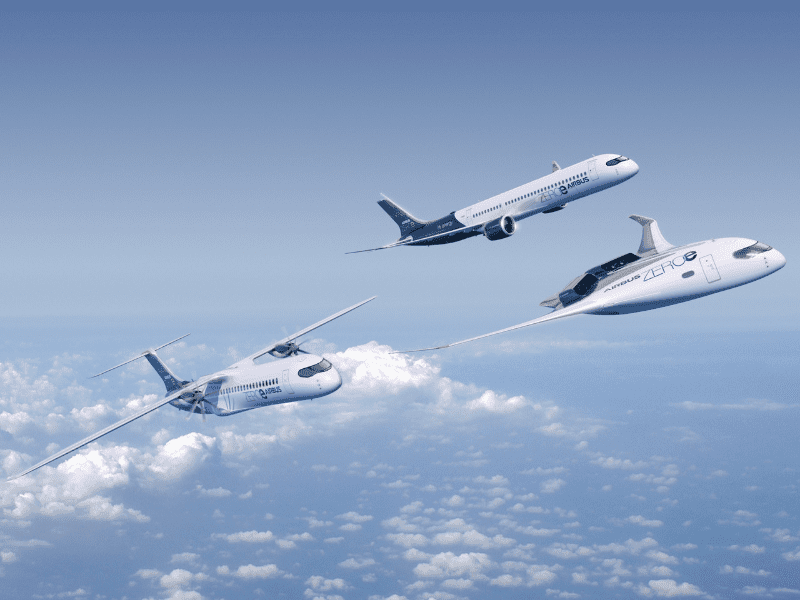
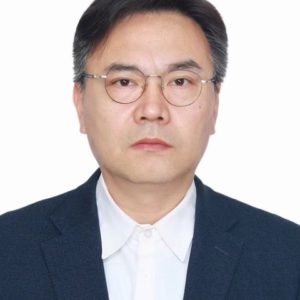
Director Testing Center AVIC Composite Corporation, China
Carbon fiber reinforced composites (CFRC) are increasingly used in the field of aerospace, wind power generation, public transportation, and sports equipment. Various defects quite easily occur during the pre-preg manufacturing, laying and hot pressing processes. It seriously affects and reduces the performance of composites. In this presentation we show the results of a recent AVIC study.
This report mainly summarizes the defect types in the entire composites during the manufacturing process, analyzes the causes of defects and key control process parameters and summarizes the testing characterization methods for key control process parameters. It also conducts research on the application of AI detection technology and quantitative testing characterization methods in the quality inspection of composites. This report has important guiding significance for improving the quality of composites in manufacturing processes.
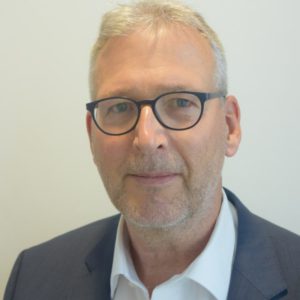
Cleansky2 MFFD Leader, Airbus Operations, Bremen, Germany
The MultiFunctional Fuselage Demonstrator (MFFD) is a unique 8-metre-long fuselage barrel which serves as a platform for examining the full potential of thermoplastic composites and to thereby help future European airliner production to become faster, greener, and more competitive.
A fuselage barrel made of thermoplastic composites weighs less than today’s conventional fuselage sections because fasteners are either no longer needed, or are integrated.
Additionally, use of thermoplastic composite is environmentally advantageous, as at the end of its service life the material can be recycled.

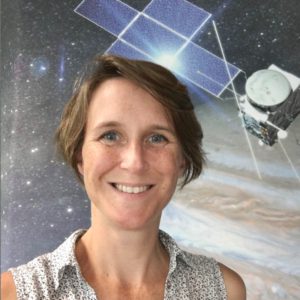
Advanced projects & Robotics, Airbus DS, France
Over the past twenty years, the concept of In Space Manufacturing & Assembly has grown increasingly prominent. Considering that the space business is limited by the access to space, numerous industrials, start-ups and agencies have embraced new ideas, capitalizing on in-space services, robotic assembly and manufacturing for forthcoming space missions. Many of these initiatives focus on constructing structures of significant scale (exceeding the dimensions of current launcher fairings), envisioning possibilities such as Space-born antennas or large infrastructures for climate change.
At Summit 24 the presentation will be focused on the needs and current capabilities of In-Space Manufacturing. Thermoplastics are good material candidates to comply with stringent requirements such as processing temperatures, automation, strength, thermo-elastic stability, compatibility with space environment and recyclability. As a matter of fact, recycling is not just a goal; this is the foundation of a new space ecosystem based on circular economy. Considering that each kilogram launched from Earth has a significant cost, the best material to use in space is the one that is already in situ.
Let’s jump into the Future!

A SAMPE Europe Conference will be an excellent showcase for suppliers of Composite Materials and Processing.
Event has already taken place

 SE Conference Belfast 2024
SE Conference Belfast 2024